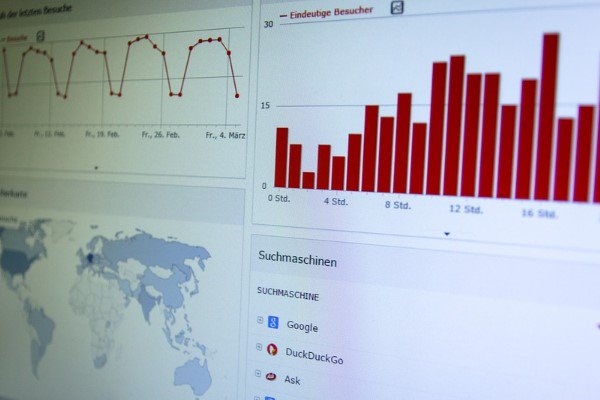14155,46%0,76
42,69% 0,23
50,15% 0,06
5897,70% 0,71
9533,17% 2,62

Total non-farm employment increased by 263,000 (expected: 200,000) in November and the unemployment rate remained unchanged at 3.7% (expected: 3.7%). The last two-month revision in employment was -23 thousand. With this category, the participation rate we watched decreased from 62.3% to 62.1%, while the employment-population ratio changed very little with 59.9%. Powell said that compared to the pre-pandemic trend, the lack of labor force participation was mostly due to excess retirements and that this cannot be expected to reverse any time soon. While the private sector was 185 thousand (expected: 221 thousand), the broad unemployment rate fell from 6.8% to 6.7%. Despite the recession risk, many companies still do not consider laying off their employees in the current period. Although the employment growth seems strong despite the news of layoffs in the technology sector, we expect the trend in the unemployment rate to rise in the coming period due to early indicators and the labor force pool.

Civilian unemployment rate, seasonally adjusted… Source: U.S. Bureau of Labor Statistics
If we look at the sub-items; Significant job gains have occurred in entertainment, health, and the public sector. Employment declined in the retail and transport and warehousing sectors. Entertainment and accommodation added 88,000 jobs in November, including a 62,000 increase in food services and places to drink. In November, healthcare employment increased by 45,000, with gains in outpatient services (+23,000), hospitals (+11,000), and care and residential care facilities (+10,000). Public added 42,000 jobs in November, mostly in local government (+32,000). Construction employment continued to increase (+20,000) in November, adding 8,000 jobs in the non-residential category. Manufacturing employment continued its upward trend in November (+14,000). In November, employment in financial activities continued to increase (+14,000). Retail trade employment unexpectedly fell by 30,000 in November before the New Year.
In November, wages for all workers in the private non-farm sectors rose 0.6% (expected: 0.3%) to $32.82. Fees have increased by 5.1% in the last 12 months. The previous month's wage increases were revised upwards from 0.4% to 0.5%. Working time for all employees decreased by 0.1 hours from 34.5 to 34.4 hours. It is negative in terms of the decrease in full-time employees, but of course, the fact that the wage pressure has not decreased enough, on the contrary it is gaining momentum, is a disturbing detail in terms of inflation. Of course, the most important activity of this will be on the demand side.
If we look at the Fed's point of view; We know that the interest rate probability in December is not 75 bps, but 50 bps increase, and any data will not change this expectation. The issue we need to address is, of course, the terminal interest rate expectation and the potential for problems in wages, which will cause the Fed not to be sufficiently confident in the decrease in inflation. Therefore, we will see trends within the framework of higher terminal interest rate expectations.
Kaynak: Tera Yatırım-Enver Erkan
Hibya Haber Ajansı

Veri politikasındaki amaçlarla sınırlı ve mevzuata uygun şekilde çerez konumlandırmaktayız. Detaylar için veri politikamızı inceleyebilirsiniz.